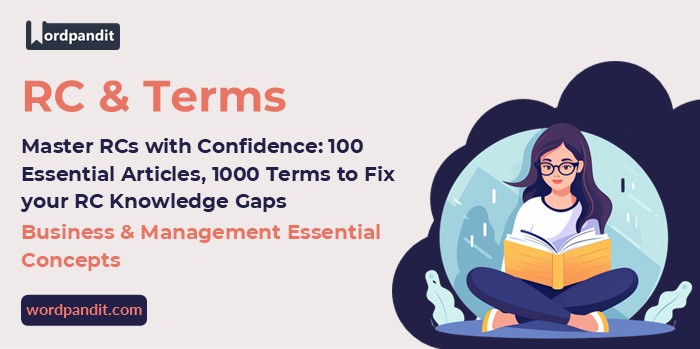📊 Business and Management: Essential Concepts for Reading Comprehension
Business and Management form a crucial foundation for understanding many reading comprehension passages, particularly those that deal with corporate decision-making, ethical dilemmas, leadership strategies, or economic growth. These concepts are relevant for analyzing critical issues and arguments presented in RC passages, especially when evaluating organizational dynamics or interpreting managerial strategies. By gaining clarity on these ideas, test-takers can better grasp the context, identify conclusions, and assess the author’s tone or stance effectively.
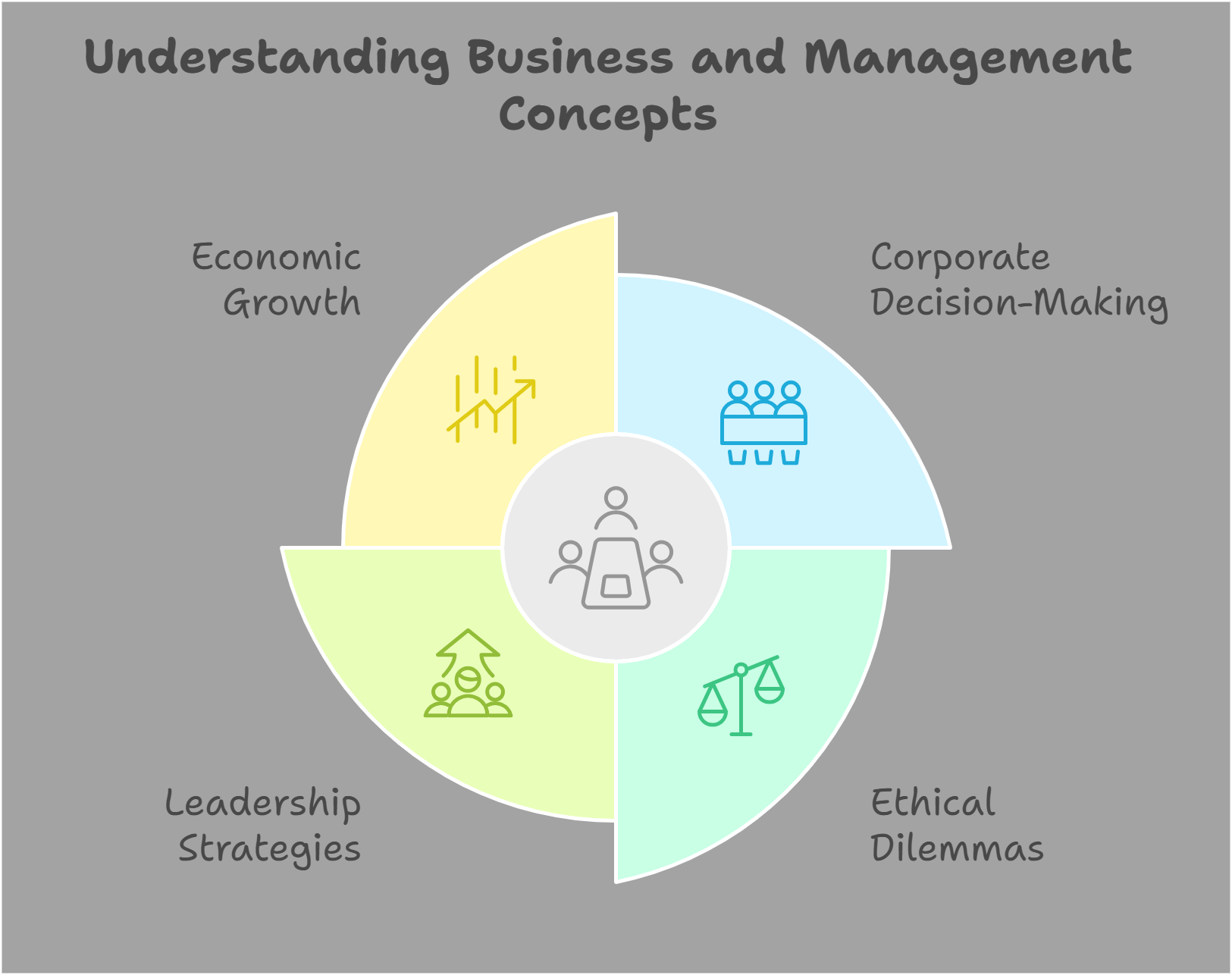
📋 Overview
In this guide, we’ll explore these key Business and Management concepts:
- Corporate Governance
- Leadership Theories
- Organizational Behavior
- Start-up Ecosystems
- Business Ethics
- Strategic Management
- Marketing Strategies
- Financial Management
- Human Resource Management
- Operations Management
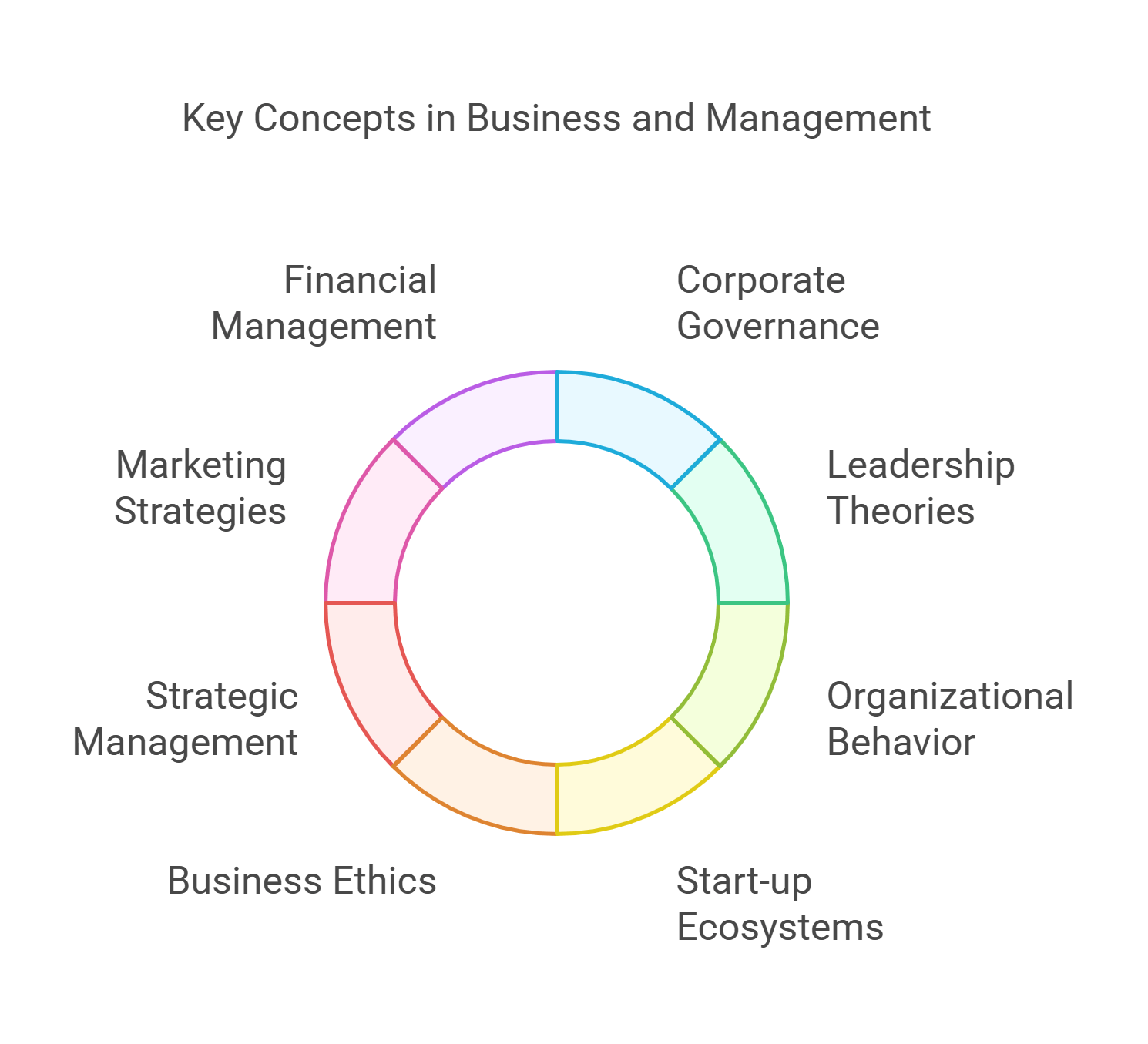
🔍 Detailed Explanations
1. Corporate Governance
Corporate governance refers to the system by which companies are directed and controlled. It includes rules, practices, and processes ensuring accountability, fairness, and transparency in a company’s relationship with stakeholders, including shareholders, employees, customers, and the community. Good governance is essential for maintaining investor trust and ensuring sustainable business practices.
- Focuses on accountability and decision-making structures.
- Involves balancing the interests of different stakeholders.
- Includes board composition, audit practices, and ethical guidelines.
- Helps prevent corporate scandals and financial crises.
- Supports long-term business sustainability.
Explained Simply: Imagine a school club where the president, secretary, and treasurer make decisions. If they follow rules to ensure everyone benefits fairly, don’t waste money, and let members vote on big changes, that’s like corporate governance for companies.
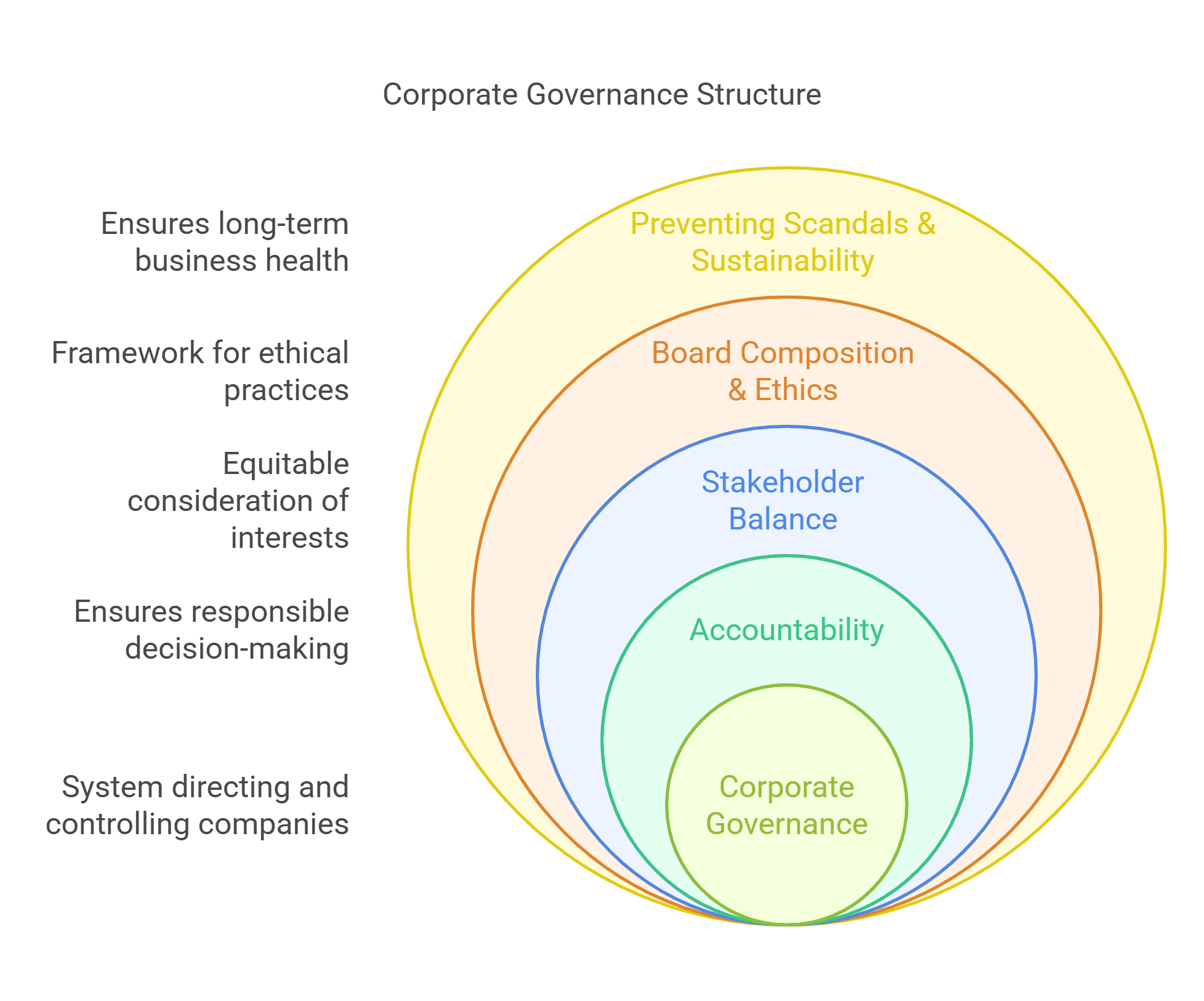
2. Leadership Theories
Leadership theories explore what makes a good leader and how they influence others to achieve common goals. Some focus on traits (like confidence or decisiveness), while others emphasize behaviors (like motivating or guiding teams). Understanding leadership styles, like transformational or servant leadership, helps in interpreting organizational success stories or conflicts in RC passages.
- Examines traits and behaviors of effective leaders.
- Includes styles like autocratic, democratic, and laissez-faire leadership.
- Connects leadership styles to organizational success.
- Highlights the role of vision, empathy, and strategy in leadership.
- Relevant for passages on business success or organizational change.
Explained Simply: A good leader is like a sports team captain. They encourage everyone to do their best, make tough decisions when needed, and guide the team toward winning the game.
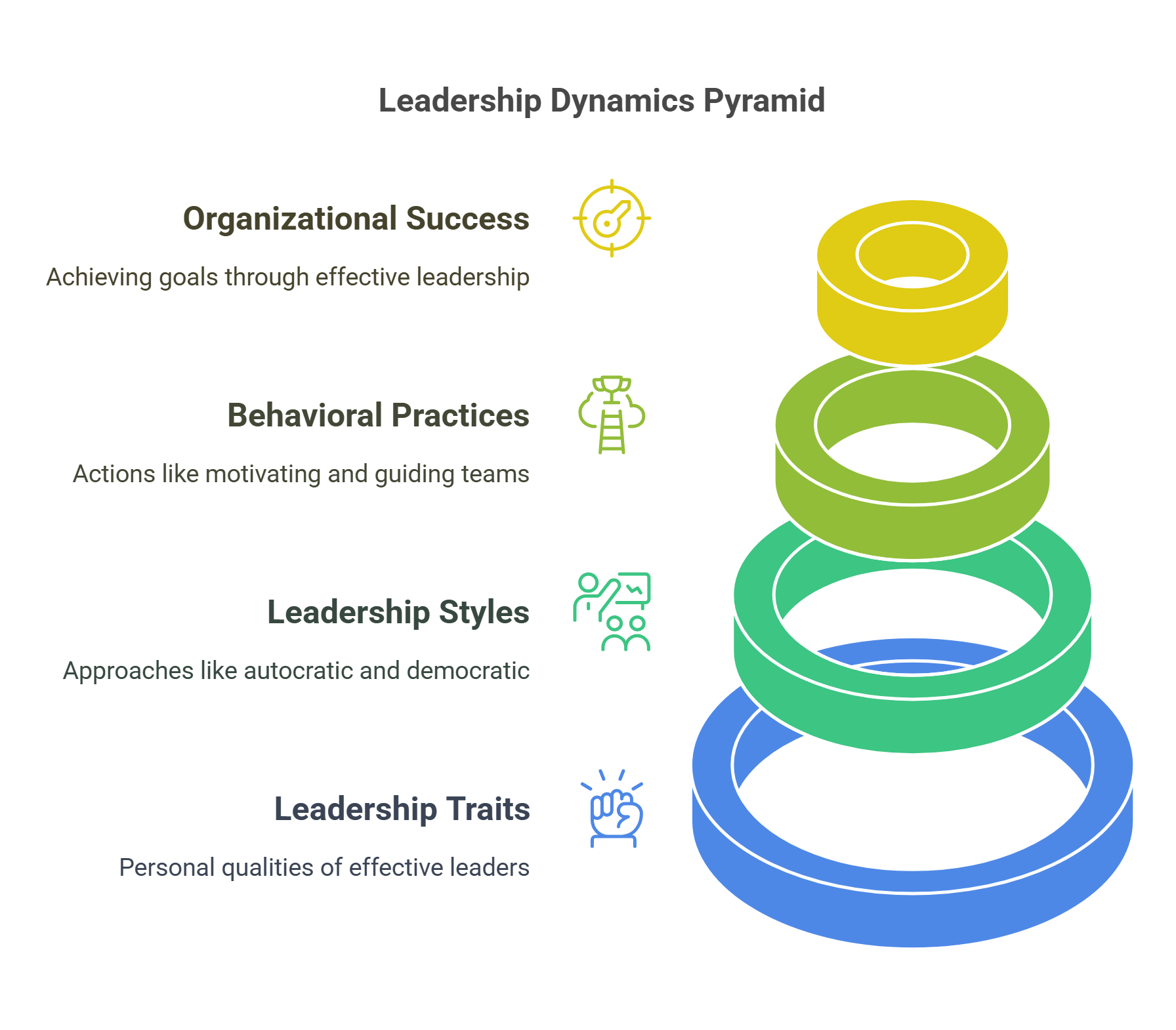
3. Organizational Behavior
Organizational behavior (OB) studies how people interact within groups in a professional setting. It examines workplace culture, employee motivation, teamwork, and conflict resolution. By understanding OB, one can analyze RC passages that discuss productivity challenges, corporate culture, or interpersonal dynamics in organizations.
- Focuses on individual and group behavior in organizations.
- Explores motivation theories like Maslow’s hierarchy of needs.
- Discusses the impact of leadership, teamwork, and communication.
- Highlights the role of workplace culture in organizational success.
- Provides insights into resolving workplace conflicts.
Explained Simply: Think of a school group project. If everyone works well together, shares ideas, and helps each other, the project turns out great. But if people argue or don’t do their part, it gets messy. That’s what organizational behavior tries to understand in companies.
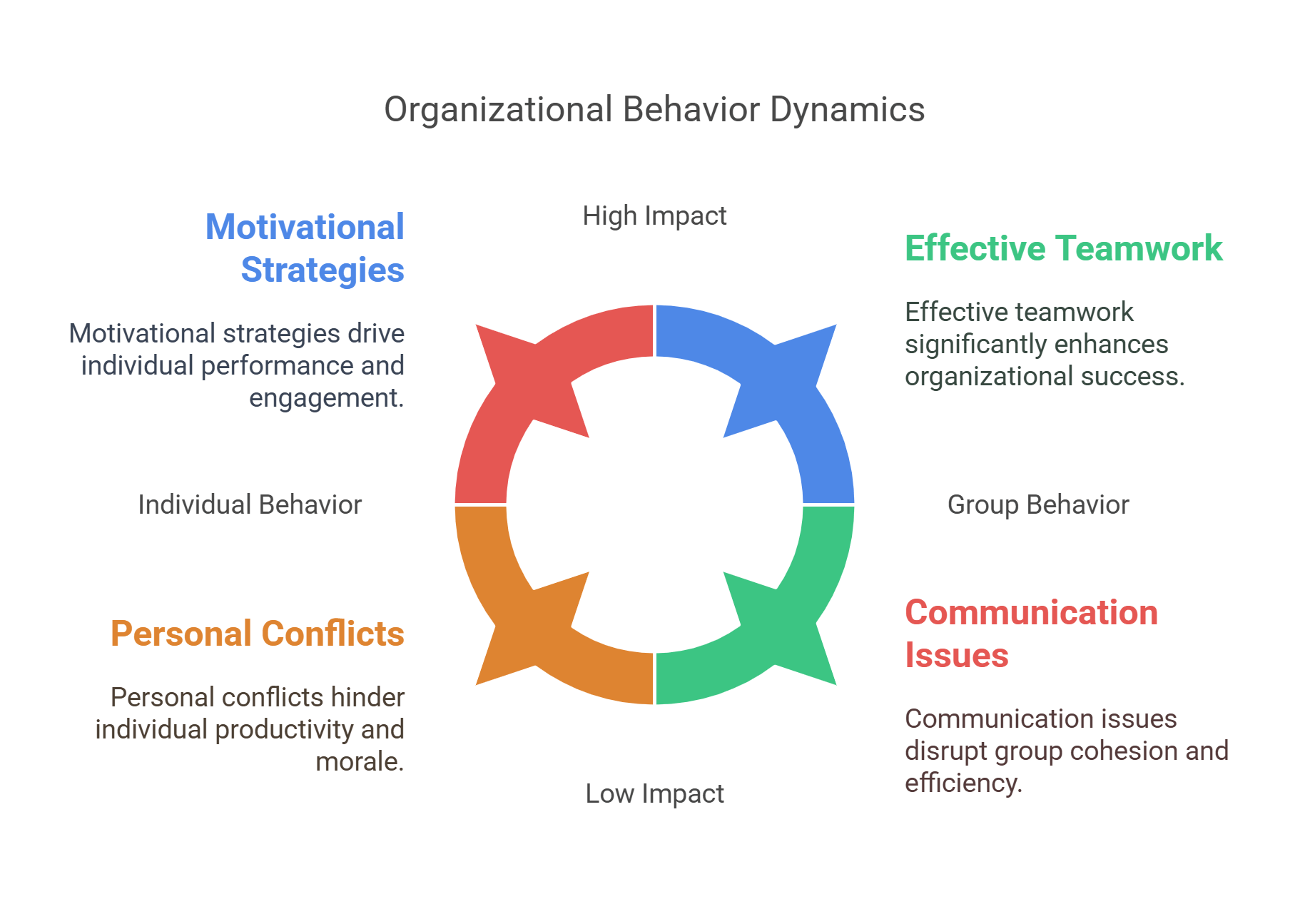
4. Start-up Ecosystems
Start-up ecosystems refer to the environment in which new businesses grow, including the support they receive from investors, mentors, government policies, and networks. These ecosystems foster innovation, entrepreneurship, and economic growth, making them a common topic in business-related RC passages.
- Focuses on the collaboration of investors, accelerators, and entrepreneurs.
- Encourages innovation and risk-taking in new businesses.
- Highlights challenges like funding, competition, and scaling operations.
- Explains government policies that support start-ups.
- Connects start-up success to economic growth and job creation.
Explained Simply: Imagine you want to open a lemonade stand. Your parents give you money to buy lemons, your friends help you sell, and your teacher gives you advice. All these people working together are like a start-up ecosystem for your business.
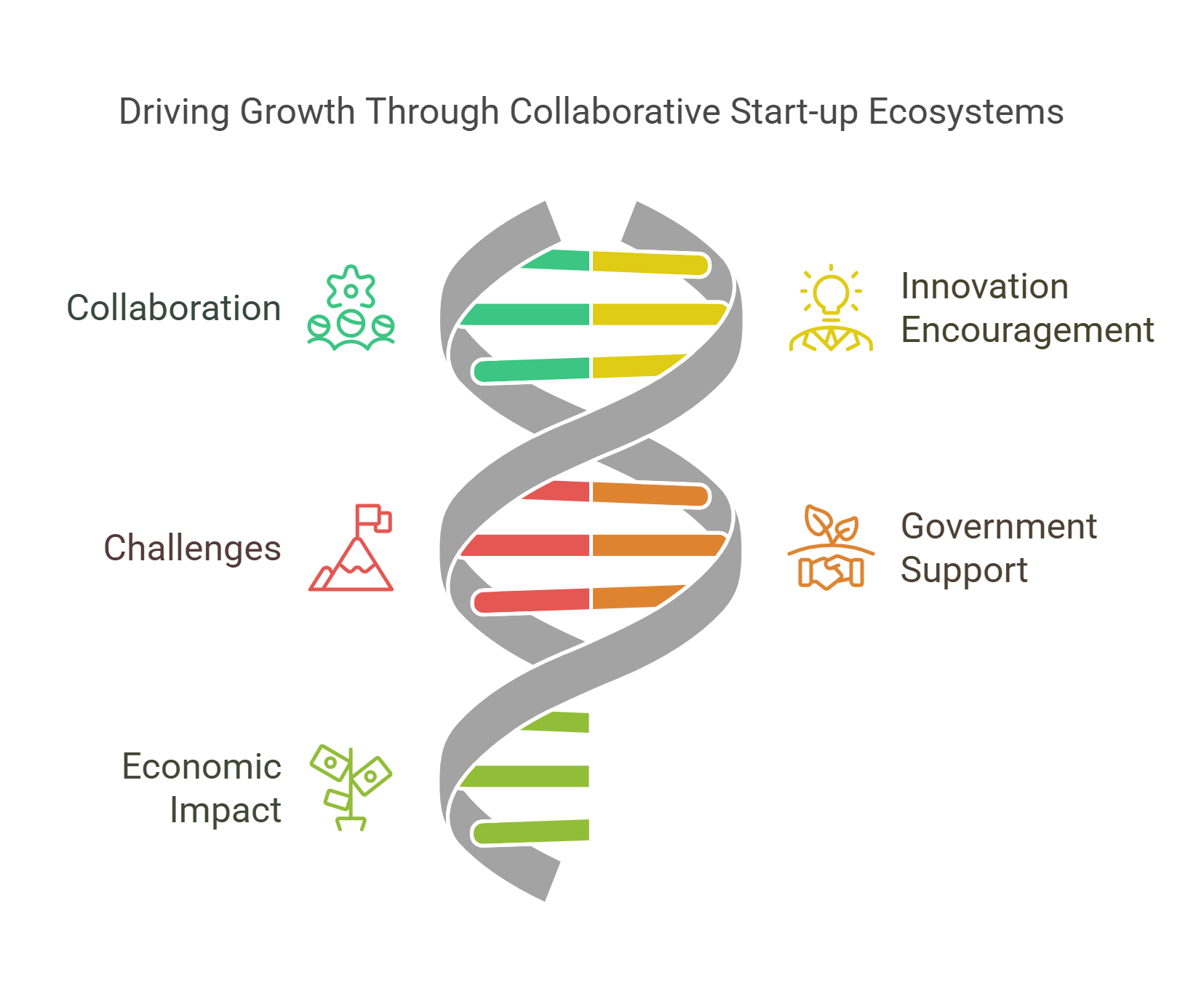
5. Business Ethics
Business ethics deals with moral principles that guide decision-making in organizations. Topics like corporate social responsibility (CSR), environmental sustainability, and fair trade practices often appear in RC passages to highlight ethical dilemmas faced by businesses.
- Focuses on right vs. wrong in business decisions.
- Discusses CSR, environmental sustainability, and fair trade.
- Highlights the importance of transparency and integrity.
- Explains ethical dilemmas in profit-driven industries.
- Connects ethical practices to long-term trust and reputation.
Explained Simply: If a company is like a candy shop, business ethics is making sure they don’t trick people, treat workers badly, or harm the environment while making candy.
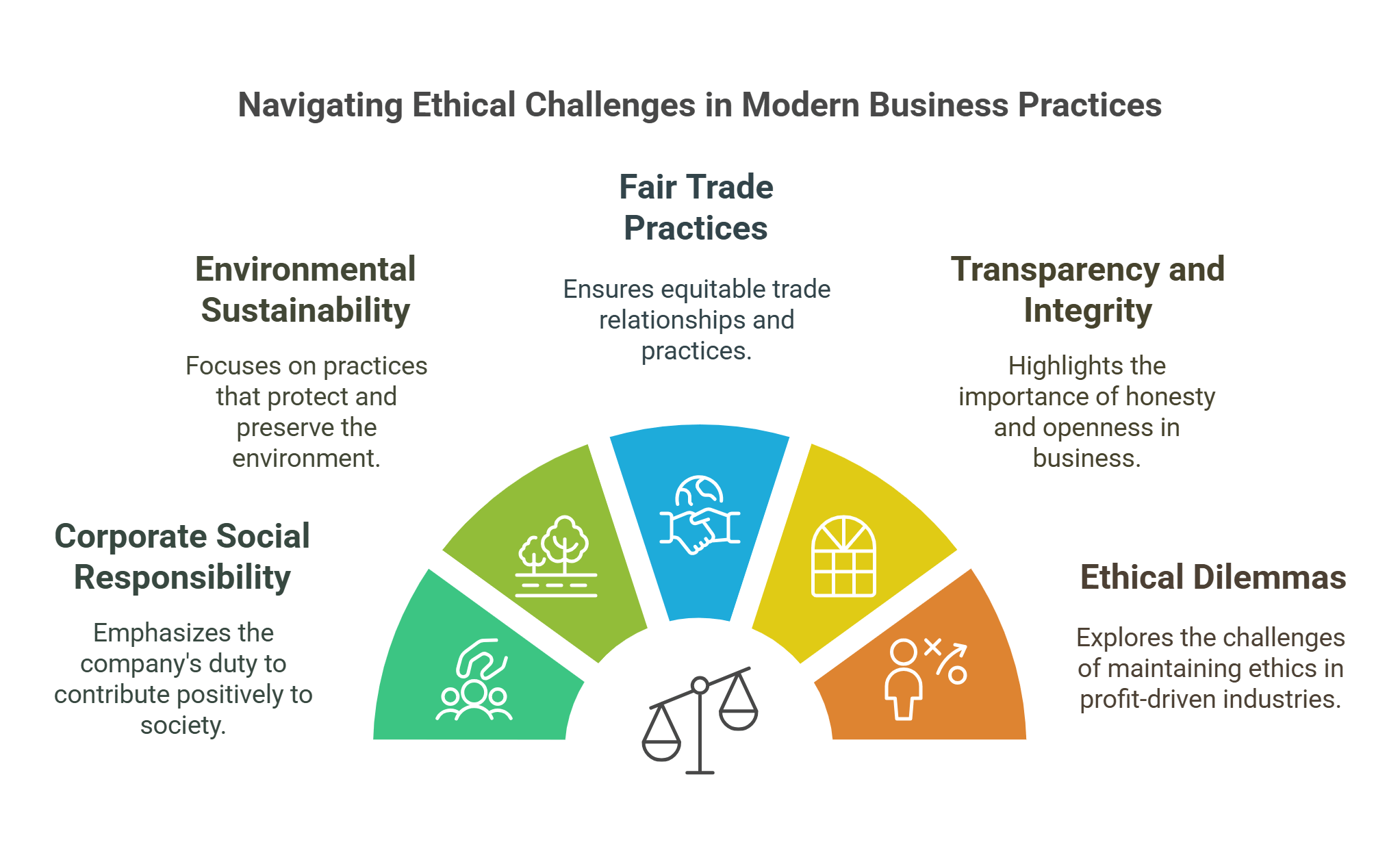
6. Strategic Management
Strategic management involves planning and executing long-term goals to achieve a competitive advantage. It requires analyzing market trends, setting objectives, and managing resources effectively. RC passages often discuss strategies companies use to stay ahead in dynamic industries.
- Focuses on planning and executing long-term goals.
- Involves SWOT analysis (Strengths, Weaknesses, Opportunities, Threats).
- Highlights resource allocation and market positioning.
- Explains how companies adapt to changes in the business environment.
- Relevant to understanding competitive and innovative business strategies.
Explained Simply: Imagine you’re planning a big party. Strategic management is about deciding how many balloons to buy, what games to play, and how to invite friends so the party is the best on the block.
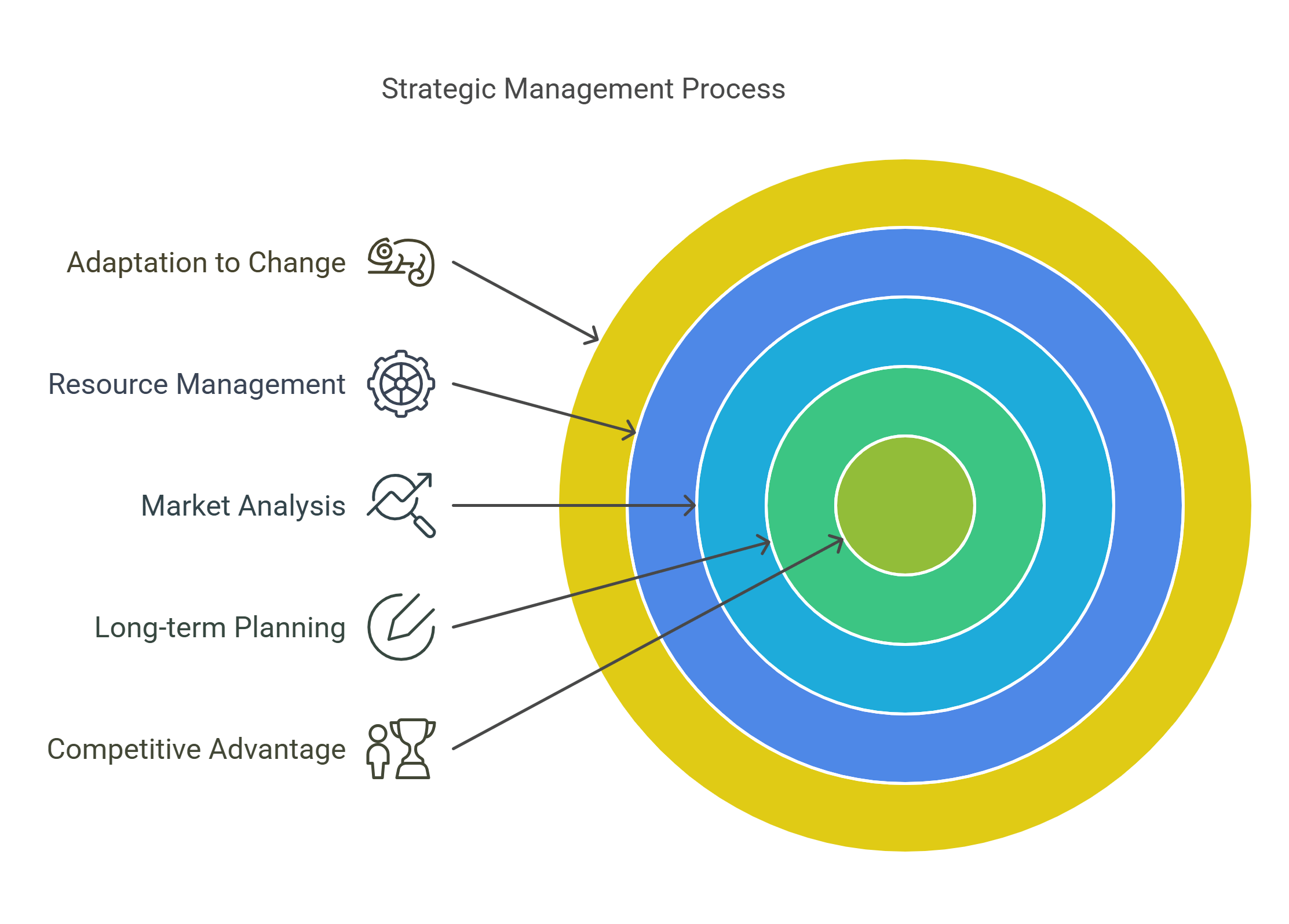
7. Marketing Strategies
Marketing strategies involve the methods companies use to promote products and services to customers. These strategies include understanding consumer behavior, branding, advertising, and pricing. Passages often discuss innovative marketing campaigns, customer-centric approaches, or challenges in competitive markets.
- Focuses on reaching and influencing target audiences.
- Includes market research, branding, and promotional tactics.
- Discusses digital marketing trends and consumer engagement.
- Highlights the role of pricing and competitive positioning.
- Explains the impact of marketing on sales and brand loyalty.
Explained Simply: Imagine you want to trade stickers at school. Marketing is about showing your friends why your stickers are the coolest, maybe by making a fun poster or offering a bonus sticker for every trade.

8. Financial Management
Financial management is about planning, organizing, and controlling an organization’s financial resources. It includes budgeting, investment decisions, and financial risk management. RC passages may discuss topics like capital allocation, financial crises, or investment strategies.
- Focuses on effective use of financial resources.
- Includes budgeting, cost control, and profit maximization.
- Explains concepts like capital investment and financial forecasting.
- Highlights managing financial risks and ensuring sustainability.
- Relevant for passages about economic challenges or corporate growth.
Explained Simply: Think of getting your weekly allowance. Financial management is deciding how much to save, how much to spend on snacks, and whether to buy something big, like a video game, later.
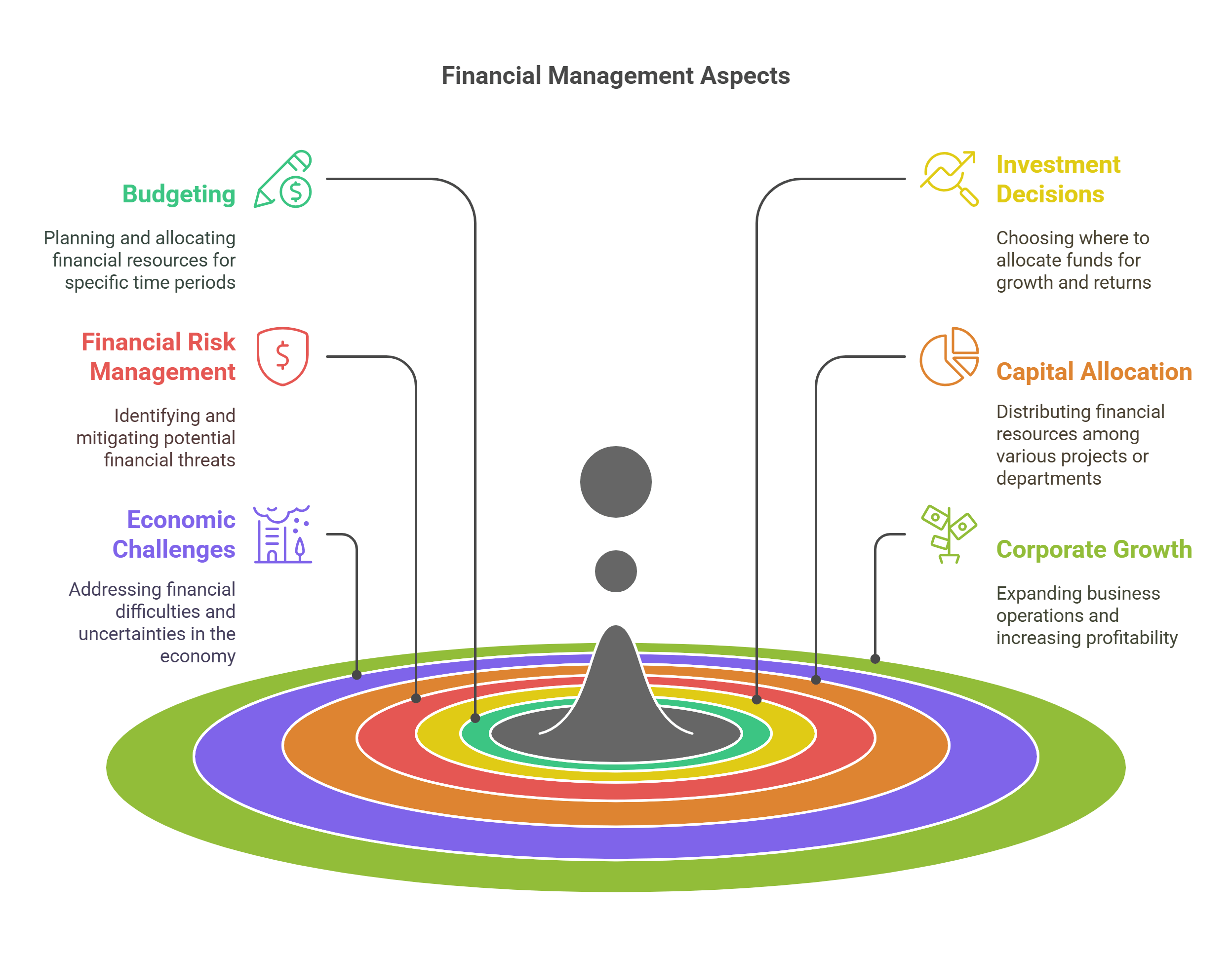
9. Human Resource Management (HRM)
Human Resource Management focuses on recruiting, training, and retaining employees. It also addresses employee satisfaction, performance evaluations, and workplace diversity. RC passages often explore HR practices to analyze workplace productivity or organizational challenges.
- Involves hiring, training, and retaining employees.
- Focuses on employee well-being and satisfaction.
- Includes performance appraisals and career development.
- Discusses workplace diversity and conflict resolution.
- Highlights the role of HRM in organizational success.
Explained Simply: Imagine your teacher picking teams for a class game. They choose players based on their strengths, make sure everyone gets along, and cheer up anyone feeling left out. That’s like HR for a company.
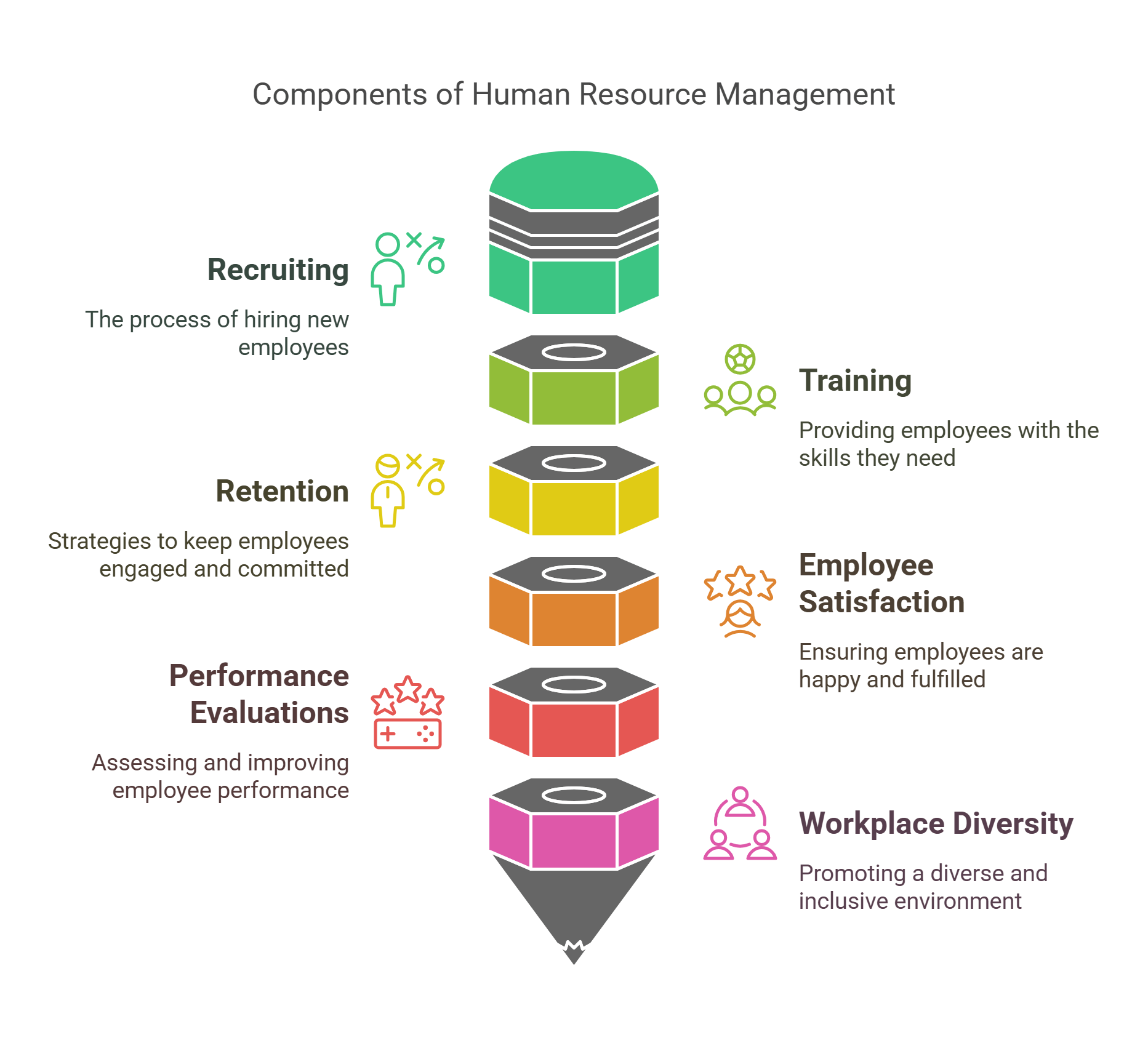
10. Operations Management
Operations management ensures that an organization’s processes run smoothly and efficiently. It focuses on producing goods or services, managing supply chains, and maintaining quality standards. RC passages may discuss efficiency challenges or technological advancements in operations.
- Focuses on optimizing processes and workflows.
- Includes supply chain management and quality control.
- Explains inventory management and production planning.
- Highlights the role of technology in operational efficiency.
- Relevant for analyzing challenges in manufacturing or service industries.
Explained Simply: If you’re running a lemonade stand, operations management is making sure you have enough lemons, the juice machine works, and every glass tastes great so customers come back for more.
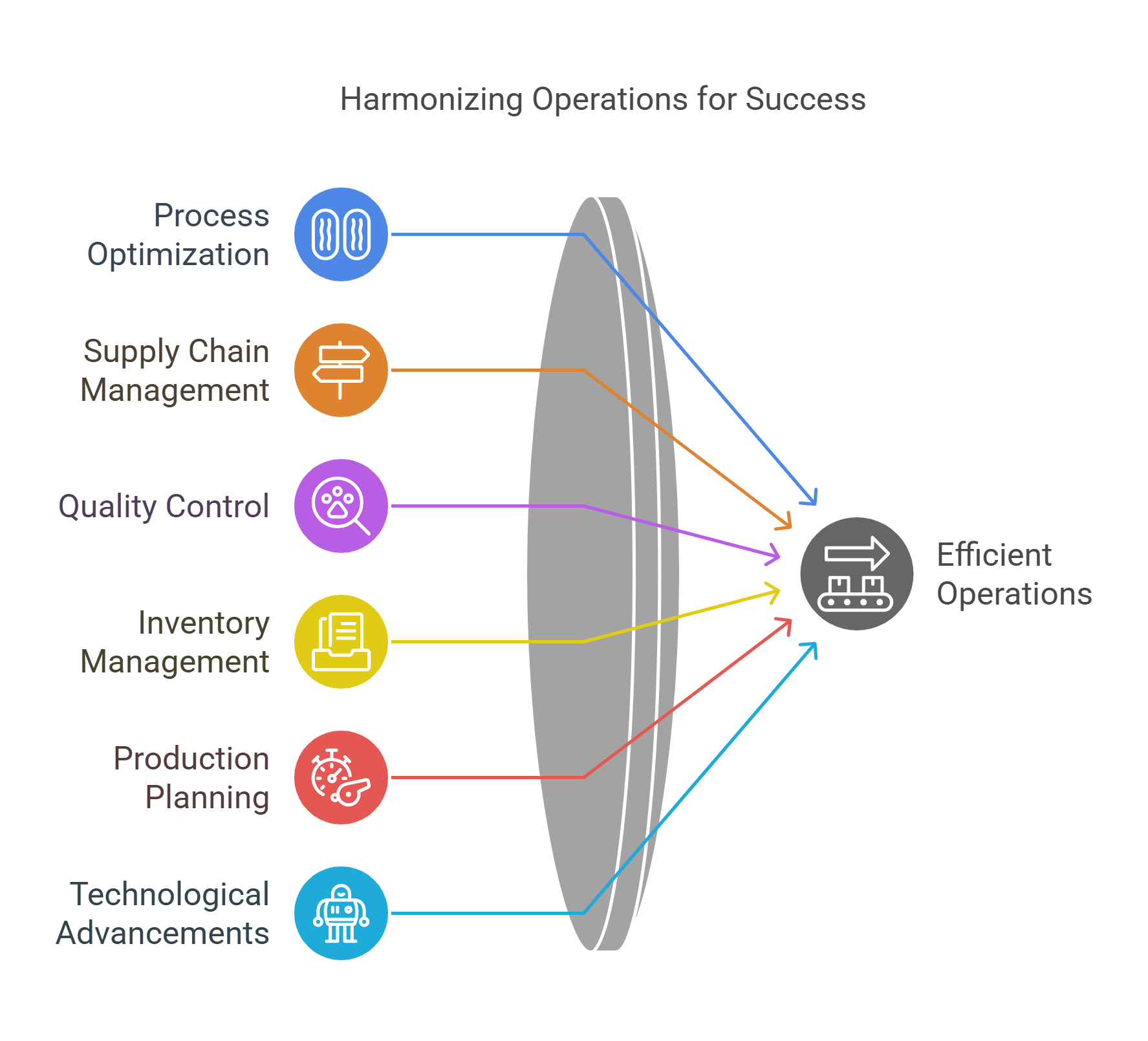
✨ Conclusion
Understanding the ten key Business and Management concepts outlined above enhances your ability to decode RC passages on corporate strategy, ethics, innovation, and more. By breaking down these ideas into digestible parts and connecting them to real-world examples, you’ll be better equipped to grasp complex arguments and perspectives. This foundational knowledge not only sharpens your critical thinking but also helps you excel in interpreting the nuances of RC passages.

